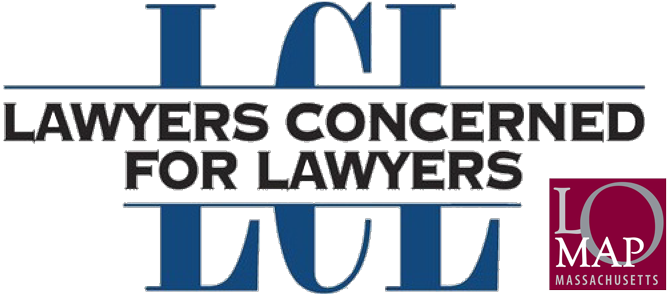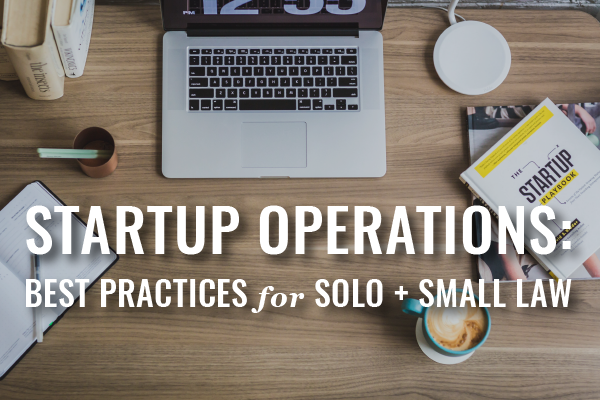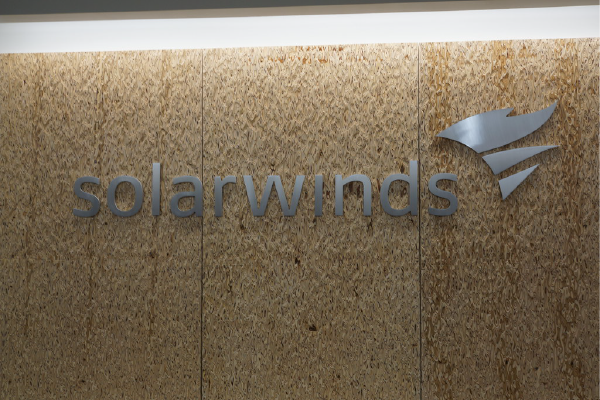To operate a sustainable law practice, you have to do more than practice law well. You have to run your practice like a business – and do that well, too. Our Best Practices for Solo and Small Law Firm Operations are outlined here, covering all the essentials from IOLTA to Paperless Intake.
Our law practice advisors routinely answer questions specific to starting a law practice in our Law Practice Startup Workshops (across the state and online) and in individual consultations. The most common are: (1) Do I need malpractice insurance in MA? (Yes but it isn’t required.) and (2) What, if any, legal entity should I form? (It depends, of course.) Very often, beyond those two questions – lawyers aren’t sure what considerations to focus on next in forming a sustainable, efficient law practice.
Operating efficiently requires establishing procedures and paying attention to ongoing administration. Operations procedures include maintenance of your office space (whether home, virtual, or office), organization of your file system, opening new matters, communicating with clients, and setting policies for streamlined administration.
Your administrative operations integrate into more substantive operations underlying an effective law practice, like finance, marketing, technology, and risk management – which share workflow overlap in practice. Our Law Practice Startup Guide highlights actions you’ll want to take in each of these areas of law practice management critical to a smoothly functioning practice. Our Best Practices Checklist will help get your administrative operations on track at any point throughout the life of your law practice.
Operating a law practice will first require office space, equipment, and staffing. A number of considerations will factor into deciding where to locate your law practice (whether in physical or virtual space). That decision will then inform your office equipment selection and the range of staffing options (including plenty of remote services for reception, paralegal, bookkeeping, and more).
Next, you need policies and procedures that fuel basic operational continuity and meet standards of ethical obligation. Exploring your technology options will help you develop everything from your document management procedures to financial procedures, and how to implement them. These procedures determine how you will source and use data. And because you’re a lawyer, you also need sufficient procedures to protect your data. You can find more on how to meet your ethical obligations per Massachusetts Rules of Professional Conduct and statutory requirements per Massachusetts Data Privacy Laws here.
Paperless law practice is becoming an industry standard. Setting up a paperless office is simple: it requires a scanner, software, and a process. Keeping your office paperless will save you loads of time and money. You can find instructions, tips, and tools to create a paperless practice here. Paperless law practice integrates effectively into best practices for a sufficient backup strategy – find the Rule of Three and further discussion here.
Law Practice Management Software is essential to operating any type of law practice in 2018, regardless of paper volume. It will help you organize your practice, conduct conflict checks, manage time and tasks, invoice, calendar, and more. Most of these programs offer a free trial periods, which you should take advantage of before you purchase a particular product. You can find more guidance on selecting Law Practice Management Software here, including time and billing products.
Your client engagement process needs to start with clear intake procedures, forms, and fee agreements. The data you collect will populate your LPM Software (likewise your conflict checking, reminder system, and more) and inform much of the client relationship. Once you’ve decided to represent a client, Rule 1.5 requires written fee agreements with very limited exceptions. You can find further discussion on how your intake procedures can guide your client relationships, with sample forms and fee agreement templates here.
Billing and collections procedures should be communicated through your intake procedures. Setting concrete expectations about your fee structure and process for collecting payment will help you to get paid and avoid problems down the road. Whenever you can, collect money at the outset of representation and bill at regular intervals. Your LPM software can help you implement a system to monitor and report on your accounts receivable. The more time that goes by without payment from a client, the less likely you are to get paid. You can find further discussion on best practices for getting paid here, including credit card options.
The health of your financial operations involves a few other critical elements. You’ll need a sustainable approach to budgeting, which you can start working on here. Further, you need to conduct IOLTA funds appropriately. Financial management software provides a way to manage IOLTA accounts, as well as account for income/expenses, determine profitability, set budgets, generate reports for periodic estimated tax payments (sole proprietors, partnerships, and S corps) and end-of-the year taxes, prepare 1099s and payroll, and more. A true financial management product is more than “billing” software – find more here.
Finally, your law practice will only be as efficient as your own time management approach. From email rules to eating the frog, find a list of the top productivity strategies you can put into practice here. And for help planning your time management strategy for larger projects (like starting a law practice!), start with this organization approach and the subsequent posts in the 3-part series.




